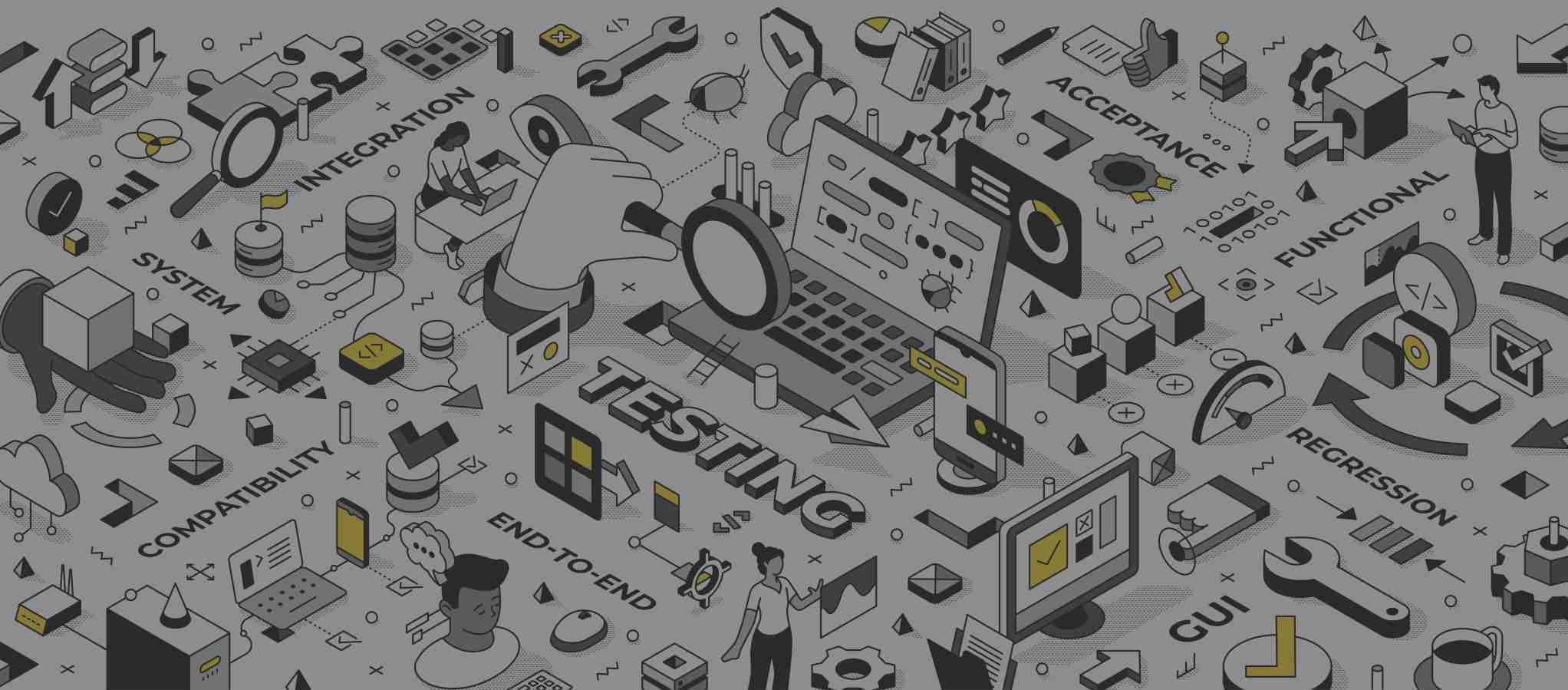Aaron Ross famously birthed the predictable revenue model whilst working at Salesforce and scaled the business into a $100 million sales machine. A feat widely regarded as the blueprint for future sales success. Many tech firms try to emulate this without much success, as the playbook Aaron built is not the playbook today’s revenue teams execute. There’s far too much reliance on cold calling, cold emailing and cold LinkedIn outreach.
Aaron isn’t the only hero in this story whose star is affected by poor variations of a once-strong strategy that has polluted today’s growth landscape. Jon Miller, formerly of Marketo and now of Demandbase, was a founding father of today’s content marketing playbook, which is sadly so worn it no longer resonates. He says so himself. The old Marketo + outbound routine is redundant. All they deliver are continuously diminishing returns. So, how do you take back revenue and scale sales predictably in the age of AI and buyer indifference?
Before we start, let’s get accustomed to the common terminology used around revenue predictability.
Predictable revenue terms
#1 Cold calling 2.0
“Cold calling 2.0” is used by sales reps when they contact the direct manager of a decision maker they’ve been targeting and ask them to refer them to the right person as part of the prospecting process.
Reps hope they are connecting with the right prospect, that this person already knows who they are, and that they’ll allocate some time to speaking with them.
#2 Hot coals
"Hot coals" refers to the sales cycle's uneasy, stagnant, uncertain period before it breaks through from limited organic growth to proactive growth. The Predictable Revenue model, by design, helps companies through these periods in their history.
#3 Onion layers
Consider this a strategy to help teams map their products or deals in layers. It's all about simplifying potential customer's decision-making process and guiding them through getting familiar with a company and its products, one step at a time.
#4 Market response representative
Market response reps are the gatekeepers who sift through new leads via the web or phone. They spot the promising ones and pass them on to the right sales pros responsible for meeting sales targets.
#5 Sales Development Representative (SDR)
Also known as Business Development Representatives (BDRs), these reps have honed skills in "Cold Calling 2.0" and outbound sales tactics. Their main priority is to drum up new leads through proactive outreach—they’re not in the game of sealing the deal or filtering inbound leads.
What is predictable revenue?
The Predictable Revenue model offers a systematic approach to achieving stable growth year on year. It relies on a standardised process rather than sporadic efforts and conjecture. This strategy allows for anticipating your company's continuous revenue generation.
Aaron Ross and Marylou Tyler, authors of Predictable Revenue, state that you need three key activities to build a systematic approach to achieving predictable revenue:
- Understanding your funnel
- Determining an acceptable average deal size
- Defining time frames
To get started, you must first understand your sales funnel. Study and understand the transitions in your sales funnel, such as preparing, prospecting, and ultimately starting your sales cycle, so that you can design a standardised approach to facilitate its progress.
Check out this article we wrote on building a standardised B2B sales process.
Now that you have your fundamentals, you can start analysing your deals. You’ll do this to understand the best-fit prospects and avoid wasting time on ill-fitting customers or timewasters. It would be best to have a clearly defined ICP and personas focused on buying committee members, enabling you to accurately predict your pipeline revenue based on these characteristics or markers for the longer term. Check out our buyer persona resource for a deep dive into this subject.
Now, focus on your operations; how you execute and prepare to execute directly impacts the performance of your pipeline. Focus on understanding how long it will take to ramp up a new sales rep, the prospecting cycle, and your sales cycle.
To be taken seriously as a sales organisation, you cannot run off an Excel spreadsheet. That’s way too 2001 for me. Too many freemium CRM solutions are available to play that game anymore. Just because you might like it that way doesn't mean it's going to set you up to win in today's world.
HubSpot, my favourite CRM, is now powered by AI, and they’ve made it accessible to free tiers. You have no excuses, none at all, to refuse to capitalise on the latest technological advances.
A CRM for deal tracking is vital for your sales team to understand the funnel and measure the length of deals' closing times and who influences them on the buyer's side.
With HubSpot’s AI capabilities, you can query your CRM and then extract data and reports customised to your business's specific needs that tell the story of how your pipeline develops.
How do you build a predictable revenue model?
The Predictable Revenue model builds upon three fundamental principles:
- Don't cold call.
- Focus on results — not activities.
- Everything needs to be systematically process-driven.
Ditch the Random Dialing.
Predictable Revenue's strategic goal is to pinpoint and engage with critical players. Old-school cold calling just doesn't cut it for hitting that mark regularly. Let’s look at some stats to help define this:
- Around 2.5% of cold calls result in successful meetings (Maverrik.io)
- Reps have approximately 5 to 10 minutes to convince cold-called prospects (Zippia)
- Only 15% of consumers listen to voicemails from SDRs (Medium.com)
Redefining the Cold Call: Cold Calling 2.0.
Cold Calling 2.0, Predictable Revenue's modern twist on traditional methods, skips old-fashioned cold calls' initial clunkiness and low success rate.
This upgraded approach means reps actively tap into untouched accounts, paving the way for more strategic research, better management of outbound reps, and smoother skill development over time.
By contacting the decision-maker's boss, you hope the delegation of taking the call enhances your connection rates and improves overall sales performance.
Zero in on Outcomes, Not Just Actions.
With Predictable Revenue, it's all about the endgame. Focus on something other than the volume of work, like the number of calls made. What counts is what comes from those efforts, like the actual engagement from those calls.
Set all KPIs to be outcome-focused. There is no point penalising an SDR, killing it with low call volumes, and rewarding reps who are effectively busy fools.
Stick to a Game Plan.
The very essence of Predictable Revenue is predictability. Reps cannot fly by the seat of their pants; having a transparent, uniform process makes results foreseeable and reliable. Every step must be part of a deliberate, systematic strategy to maximise Predictable Revenue.
Predictable Revenue offers a compelling structure for sales teams looking to get ahead. It may take some adjustment, but its clarity and foresight could be a game-changer for achieving desired sales outcomes.
The path to predictable income
Okay, so we know what the predictable revenue model and a predictable revenue engine look like. Let’s talk about how you execute a predictable revenue strategy.
I’ll break it into four crucial elements:
- Identifying the right customer
- Adopting the right technology
- Sales enablement
- Revenue Operations
#1. ICP Personas and CRM Data
Today’s buyer is complicated. It’s not that they don’t want to buy; they have many hoops to jump through to decide, so plan for that. Here’s how we would recommend analysing your deal flow to identify the best-fit companies:
- Look for companies with the longest Annual Revenue Value (ARV), Annual Contract Value (ACV), or Annual Recurring Revenue (ARR). However, you define it.
- Look for the characteristics of these companies that sit at the upper end of your Average Lifetime Value (ALV/LTV) metrics. They upsell or cross-sell regularly, have consistent sales cycles, gain the best advantage and results from your product or service and are keen to share constant customer feedback and success stories.
- Set up reporting to identify these companies so that the data backs the play and minimal time is wasted curating lists of the wrong target accounts.
Knowing who you sell to, how you sell to them, and what triggers a purchase are all crucial to the success of a predictable revenue game plan.
#2. Adopting the right technology
At BIAS, we consistently help sales leaders implement the right technology to support the playbook and shift the culture to align with marketing and CS for longer-term success. We’ve touched on CRM. Let’s introduce EBSTA, a secondary AI-driven sales tool that accelerates the sales engine. Use these tools to:
- Ensure consistency in reps' administration of CRM data by setting a defined playbook with deep automation, removing their ability to influence the pipeline falsely or not update the correct information, or using AI, a tool like EBSTA, which handles this on the rep's behalf.
- Use AI to handle the forecasting and identify at-risk deals so leaders can coach their reps into better, consistent activities that drive deals toward the finish line. Combine playbooks with AI, gain the ability to spot and coach underperforming agents, and use solid deal-based KPIs as the foundations for growth.
Don’t lose sight of HubSpot’s play in the AI space in the Sales Hub. You can deliver multiple playbooks and curate a selection of great video and voice calls into onboard training and coaching programs, enabling sales teams to improve in tandem and reducing churn and recruitment costs.
#3. Sales enablement
Sales enablement is crucial to your long-term success in closing deals. Our ARISE product seamlessly integrates this into product launch or go-to-market optimisation as strong sales enablement means you plan the following:
- How do you see the lifetime value of your customer
- How do you enable your buyer to buy from you, including all the members of the buying committee
- How do you do outbound prospecting, manage the sales process, and build a sales strategy for upsell and cross-sell to support business growth?
- Team members from sales, CS and marketing are involved in the deal process, from qualified leads to close won deals and into account management.
- What digital assets for a) the relevant stage of the funnel and b) the relevant decision maker for each stage of the sales process
Sales enablement is the most relevant strategic process for consistent lead generation. It accelerates conversion rates in line with revenue goals to create predictable revenue.
#4. Revenue Operations
Honestly, I’m tired of talking about sales and marketing alignment. It’s a problem that has existed since the early 2000s, as has improved customer experience and personalisation. The fact that we are still talking about this and giving it a pretty name like RevOps sums up the industry's failures as a whole.
However, we must play on the field presented, and RevOps is here to stay. The HubSpot CRM suite is our go-to tool in the tech stack to deliver this for our clients, as its combined Pro or Enterprise toolkit has the power to provide a 360-degree view of the customer today’s revenue teams' needs.
As a consultancy, we productised RevOps by team enabling scaling B2B technology and services businesses to build in business units or go all in on the required change. Over the past seven years, over 120 playbooks and swipe files have been integrated with hundreds of businesses. ARISE delivers the foundation.
Taking Predictable Revenue forward into 2024
I hope you enjoyed the article and look forward to building your organisation's predictable revenue engine. It would help if you had cross-functional teams, buy-in and sponsorship from the highest level, and an optimised tech stack with frameworks across implementation and reporting to get you up and running immediately.



.jpg)

